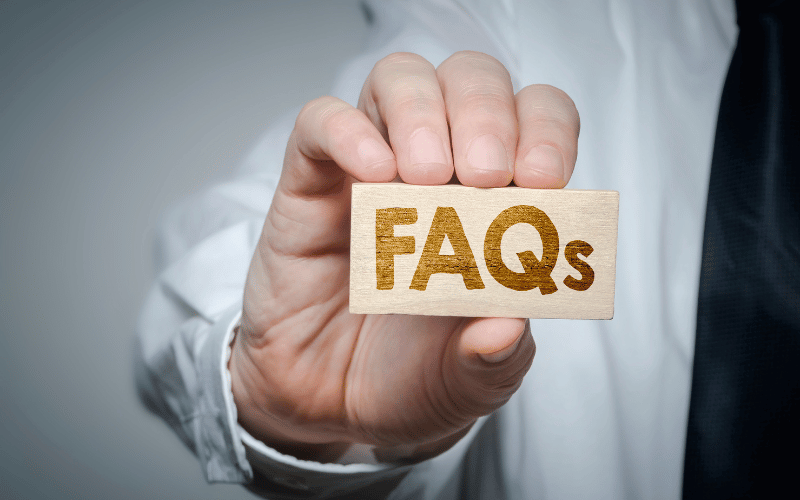FAQs about Acute Lymphoblastic Leukemia (ALL) Symptoms

1. What differentiates normal fatigue from the persistent fatigue associated with ALL?
While everyone feels tired or drained at times, the fatigue tied to ALL is relentless and disproportionate to any physical or mental activity. Even with ample rest, individuals with ALL find little relief, making daily tasks challenging. If you experience unexplained, ongoing fatigue, especially with other symptoms mentioned, it warrants a visit to the doctor.
2. I’ve noticed sudden weight loss along with some of the symptoms mentioned. Could this be related to ALL?
Yes, unintentional weight loss can be a symptom of ALL. The body might be working overtime to combat the leukemia cells, leading to a higher metabolic rate. If you’re losing weight without any significant changes to your diet or physical activity and notice other ALL symptoms, it’s essential to consult a physician.
3. Can ALL symptoms be mistaken for other medical conditions?
Absolutely. Many symptoms of ALL, like fatigue, pale skin, and bruising, can also manifest in other conditions. This overlap can sometimes lead to misdiagnosis. Therefore, it’s vital to undergo comprehensive medical evaluations if symptoms persist to pinpoint the underlying cause.
4. How crucial is early detection for ALL?
Early detection is paramount. The sooner ALL is diagnosed, the better the chances for effective treatment. Recognizing the symptoms and getting diagnosed in the early stages can significantly improve treatment outcomes and quality of life.
5. Are children and adults equally at risk for these symptoms and ALL?
ALL is the most common cancer in children, especially those under the age of 5. While children might exhibit many of the same symptoms as adults, some might manifest differently or with varying intensity. Both children and adults should be monitored closely for persistent or worsening symptoms.
Conclusion: Decoding the Whispered Warnings of ALL
Acute Lymphoblastic Leukemia (ALL) weaves a tapestry of symptoms, each thread giving insights into the turmoil inside the body. From persistent fatigue painting a picture of overwhelming exhaustion to unexplained bruising revealing internal battles, these symptoms are the body’s covert SOS signals. However, their subtlety can be a double-edged sword. On one hand, they provide a window into the body’s internal state; on the other, their commonality with other conditions can often lead to oversight.
Navigating this intricate web demands keen observation, swift action, and an unwavering commitment to health. Recognizing these symptoms isn’t merely about drawing parallels with a medical checklist; it’s about tuning into the body’s unique language, respecting its signals, and seeking timely interventions. In the world of ALL, early detection isn’t just beneficial—it’s transformative, potentially pivoting the journey from one of distress to hope. The body might speak in muted tones initially, but with informed listening, these whispers can guide the path to recovery and well-being.